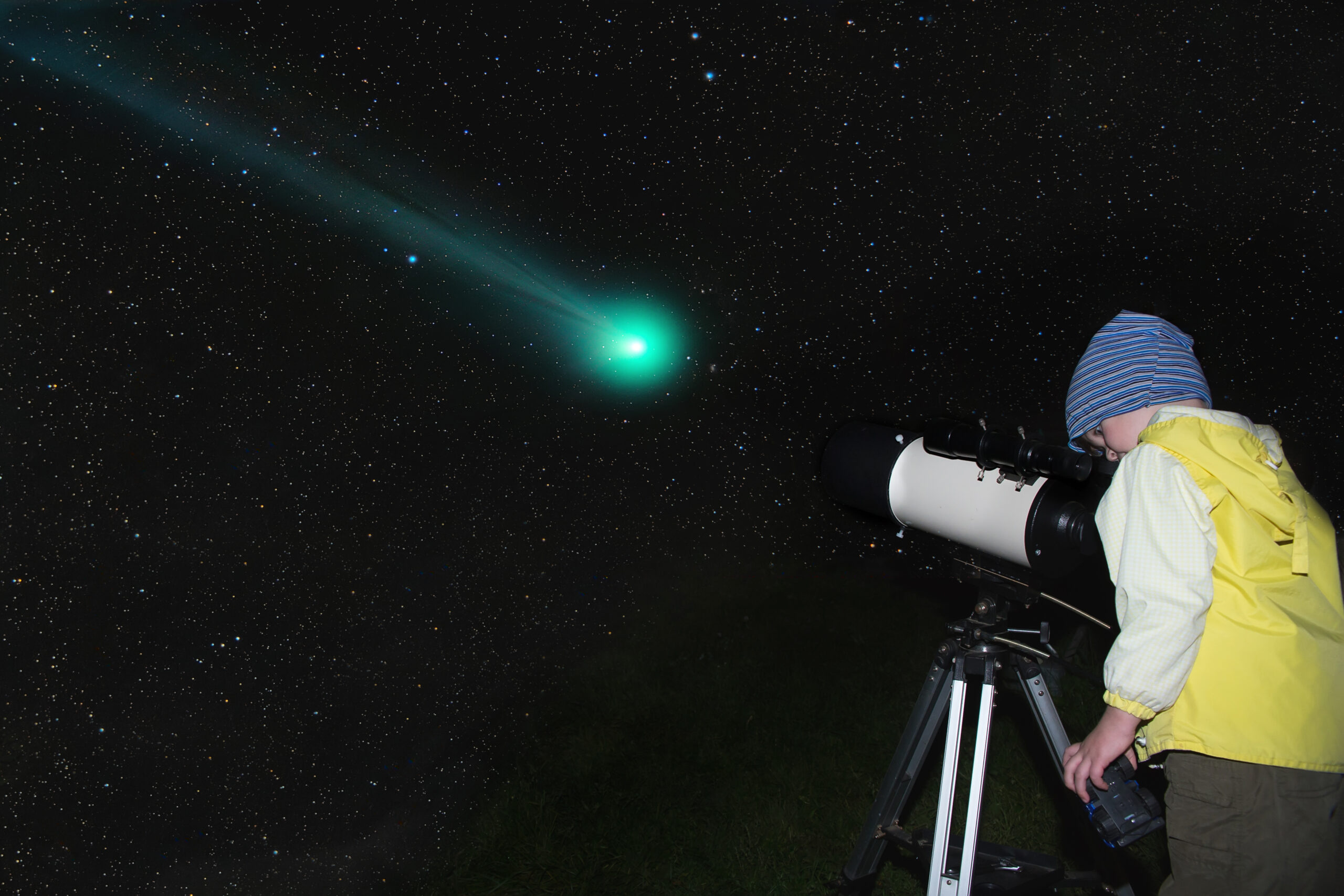Take your Stargazing to the Next Level – Tips for Stargazing

Fall and winter’s clear skies are ideal for stargazing. The crisp, low-humidity air seems to make the stars pop and twinkle even brighter and the seasonal extra hours of darkness invite your eyes to glance upward. No matter where you live, spending a little time with the universe can be a great, untapped pleasure to be enjoyed standing in a field, a backyard or from a window in your home. Here are a few tips to begin a lifetime of stargazing.
Steer Clear of LEDs
Those new LED streetlights and car headlamps are great for adding light to city streets and highways but create too much bright light for effective stargazing. Head to an open space like a large park or a rooftop where the ground-level lighting is less likely to interfere with your viewing experience.
Choose a Basic Stargazing Guide
The universe is big and many of its objects are far away, but a few simple tools can help guide the way. Kids and adults benefit from a printed guide such as National Geographic’s Backyard Guide to Stargazing which offers a straightforward approach to finding constellations, planets and other objects. Or print out a constellation map to practice your sky navigation skills. Online, the Star Chart app is an educational tool that includes an augmented reality tool to help users. Simply point your phone at the sky and the tool tells you what celestial objects you are looking at.
Consider a Red or Green Laser Pointer
Unlike the white light of a flashlight, green is almost universally the astronomy laser pointer of choice because of how it interacts with the human eye, appearing very bright, even at low power. Astronomers love it because the beam appears to touch the object it is aiming at and works well in light-polluted or moon-lit skies. Learn more about green laser pointers for stargazing.
Red is also popular for stargazing. Less bright than green, it creates a warm glow that does not interfere with the light emanating from the heavens. The color it creates can spark conversations about things that go bump in the night, too! Learn more about red laser pointers.
Wait out the Moon
A full moon reflects quite a lot of the sun’s light energy, creating a well-lit viewing experience sub-optimal for stargazing but learning the moon’s phases and cycles is a great first step to becoming a better stargazer. The best time to look at stars is when to moon is new or close to its crescent phases during waxing and waning. Time and Date tells you when the moon is at its brightest and darkest.
Find the Bright, Shiny Objects First
Who doesn’t like bright, shiny objects? It’s fun to find the big planets like Jupiter and Saturn when they come into view. Astronomy offers a weekly and monthly guide to celestial events as well as tools to observe the objects in our solar system and beyond. NASA offers a chart of the orbit of its bright and shiny International Space Station. Just enter your ZIP code to find out when it will be overhead and time your viewing appropriately.
Most of all, stargazing is an opportunity to experience the natural world that is around you. Just a brief moment of pause to look at the stars can inspire a lifetime of wonder.
